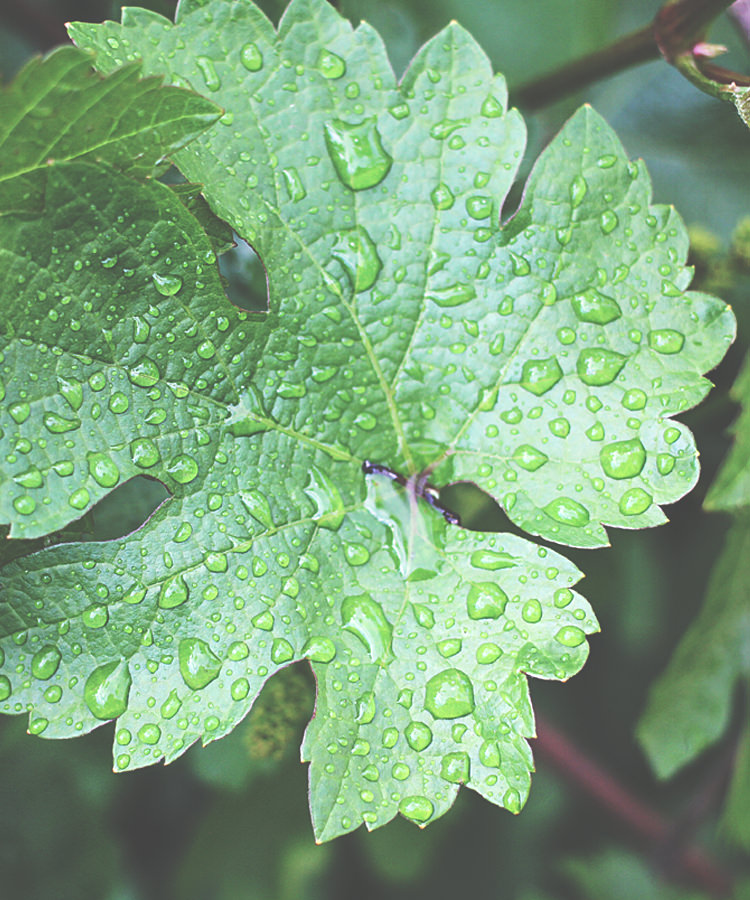
After six years of devastating drought across California, winemakers and civilians alike were thrilled for a wet, snowy season in 2016 and early 2017. But “wet” barely begins to cover it.
Massive flooding took out sections of Big Sur state park, knocked down giant sequoias, forced evacuations of whole towns, and caused cities like Sacramento to use anti-flood systems that haven’t been needed in decades. Some of those flood protection systems sent water rushing through dormant vineyards, nourishing dormant vines and simultaneously creating mud pits capable of sinking tractors.
Like most elements of winemaking, these rains were a mixed blessing for vineyards across the Golden State, providing lifelines for vineyards on parched hillsides while devastating others in low-lying areas and floodplains.
California has a Mediterranean climate, which means the state experiences distinct wet and dry seasons. Normally the rains end in March, but this year they’ve continued into May, with rain and snow as late as May 7 in parts of the Sierra Nevada. Unlike much of the country, where summer thunderstorms are part of the ecosystem, California skies are sunny from March until October, so a good rainy season is crucial for agri-business that relies on snowmelt and groundwater for the six hottest months of the year.
The start of the rainy season in October is also the start of dormancy in the vineyard. During this hibernation-like state, grapevines can survive heavy rains because they’re essentially asleep, but water that remains into springtime can cause problems for newly awakened vines. Soaked soils that don’t drain quickly can lead to root rot, which suffocates vines by inhibiting their ability to absorb nutrients from the soil. Humidity above ground as floodwaters evaporate also encourages mold and rot on the baby grapes and shoots. Humidity also encourages the spread of vine diseases like eutypa, which moves from vine to vine after spring pruning.
In Napa, Sonoma, and Lodi, rivers overflowed their banks on more than one occasion, causing mudslides and toppling trees that crushed rows of established vines. Especially in low-lying areas around Lodi, floodwaters lingered.
For some, the wet winter nightmare still isn’t over. “In short, we may not get any fruit from the vineyard this year,” explained winemaker Jason Holman, who sources fruit from the Mokelumne Glen vineyard in Lodi where water is still waist-deep in some areas.
The section of vineyard Holman purchases was just pruned this week, he explained. “Unfortunately finishing pruning in May means there is some serious loss of time and development on these vines … Pruning at this stage will be a huge setback.”
Young vines are also at a higher risk than more established plants, which are more resistant to weather fluctuations, including heavy rains. In Mokelumne Glen, new plantings of the Kerner grape are likely lost for good.
“They probably will not make it as they were starved for light and oxygen while underwater,” said Holman. “Fortunately for our brand, we don’t depend on the Kerner vines for our wine, but these fresh plantings were so low to the ground, that they were submerged entirely for months.”
Though Lodi likely won’t see any additional rain, waiting for the soft ground to harden presents a continued problem for growers.
“We will need to get tractors in there to spray mildewcides and fungicides,” Holman said. “Without dry ground, tractors will not be able to do their jobs … Moldy grapes do not get made into wine.”
Unlike some, Holman is lucky because the fruit that goes into his Holman Cellars label comes from a variety of vineyards, some of which stayed intact.
For example, in arid parts of the Central Coast like Paso Robles and Santa Barbara wine country, rains brought relief instead of devastation. Here, the drought had prevented the drilling of new wells, planting new vines, and forced severe water cutbacks. The rains ended during their normal cycle in March, allowing vines to have a full season to bud and grow without intermittent rains that fell in more northerly locations.
Likewise, for many dry-farmed and hillside vineyards, this year was a godsend, restoring water vital to vine health. These vines, which grow without irrigation, rely on groundwater stored up to 20 feet deep in the soil. During the drought, some areas saw as little as five inches of rain (the rough equivalent of two rainy days) which made irrigation an unwelcome necessity. Now fully restored, the grapes are ready for a great year.
With sunshine blanketing California’s vine-covered landscapes now, hopes are creeping higher for a good vintage in 2017 as vines enter the flowering stage that will determine how much fruit they produce as summer progresses. Whether the showers brought hope or turmoil this year, winemakers are now praying for really nice May flowers.
